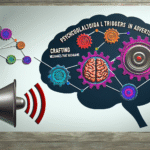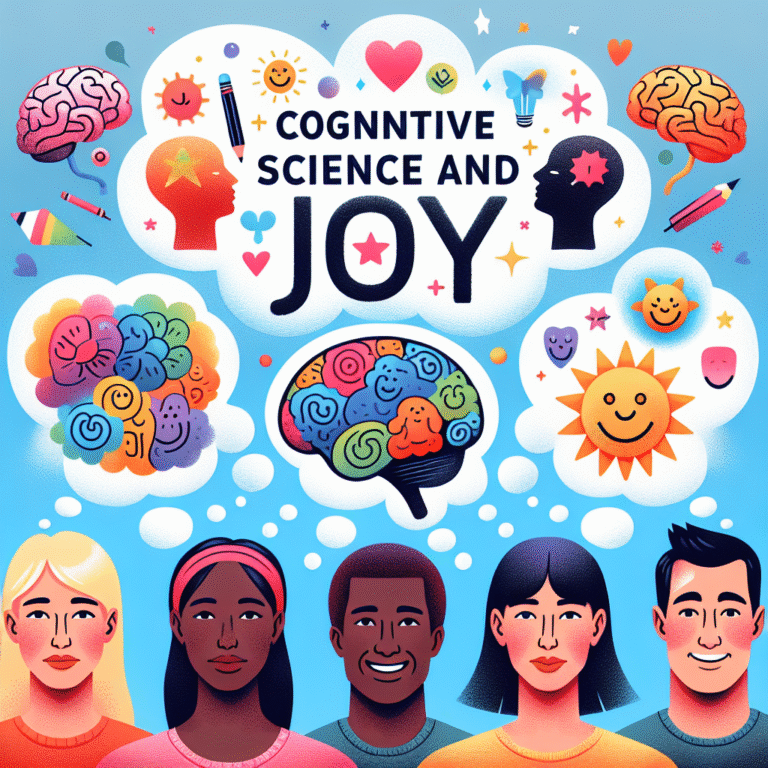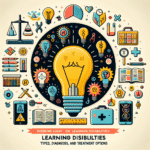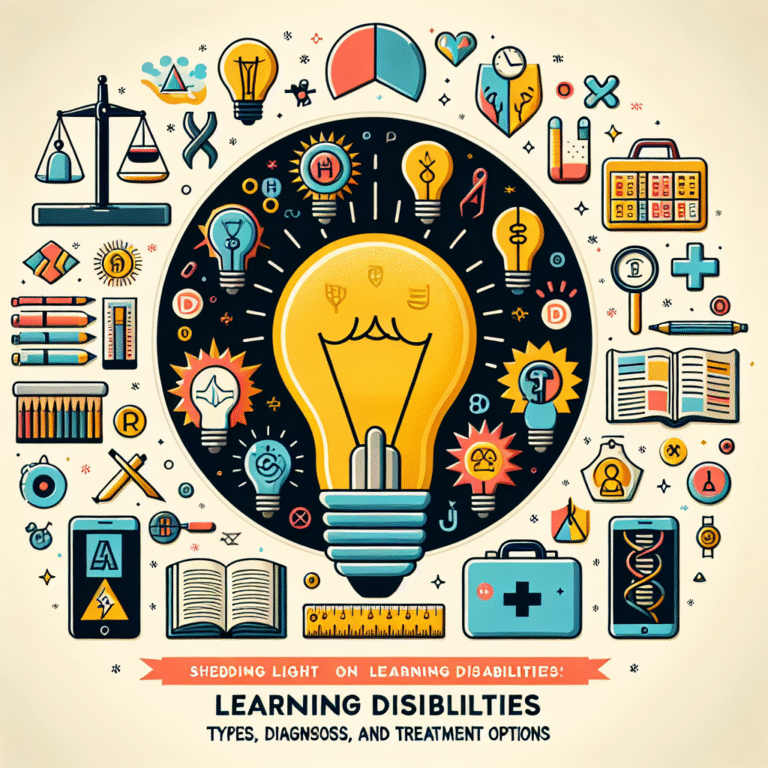
Unlocking Relaxation: The Essential History and Methodology of Progressive Muscle Relaxation
Introduction
In our fast-paced world, stress and anxiety have become ubiquitous challenges that can undermine our well-being. As we search for effective methods to promote relaxation and mental clarity, unlocking relaxation through techniques like Progressive Muscle Relaxation (PMR) proves to be invaluable. This article delves into the rich history and structured methodology of PMR, revealing how this simple yet powerful practice can transform our approach to stress management and holistic health.
The Roots of Progressive Muscle Relaxation
Origins and Development
Progressive Muscle Relaxation (PMR) was developed by physician Edmund Jacobson in the early 20th century. Frustrated by the lack of effective treatments for anxiety and stress, Jacobson began experimenting with muscle relaxation techniques. His groundbreaking work led to the 1929 publication of "Progressive Relaxation," which offered a systematic approach to relieving tension. This technique gained traction during the 1930s as a method to alleviate stress-related ailments and has since evolved into a cornerstone of modern therapeutic practices.
Historical Context
Understanding the historical context surrounding PMR is crucial for grasping its significance. During Jacobson’s time, there was a rising awareness of the interplay between mind and body. The psychoanalytic movement had marked the early 20th century, leading to increased interest in mental health and wellness. This cultural backdrop aided Jacobson’s efforts to develop PMR as both a physical and psychological remedy.
Early Studies and Validation
Research supporting the efficacy of PMR began to emerge in the 1930s. Studies demonstrated that individuals who practiced PMR experienced significant reductions in anxiety and physical tension, thus validating Jacobson’s initial claims. As the years progressed, further investigations revealed PMR’s effectiveness for various populations, including those with chronic pain, insomnia, and post-traumatic stress disorder (PTSD).
Case Study: PMR in Action
A landmark study conducted in the 1960s examined the impact of PMR on college students experiencing high levels of exam-related anxiety. The findings indicated that students who engaged in PMR exhibited a remarkable 30% decrease in anxiety, showcasing the technique’s potential in real-world scenarios. This study is a testament to the transformative power of unlocking relaxation.
Understanding the Methodology of Progressive Muscle Relaxation
The Step-by-Step Approach
PMR is grounded in a straightforward yet effective methodology: systematically tensing and relaxing different muscle groups. This process helps individuals develop greater awareness of physical tension as well as learn to recognize relaxation states. Here’s a step-by-step guide to practicing PMR:
Find a Quiet Space: Choose a comfortable environment where you won’t be disturbed.
Get Comfortable: Sit or lie down in a relaxed posture. Close your eyes and take a few deep breaths.
Focus on Your Body: Start from the feet and work your way up. Tense the muscles in your feet for five seconds, then release and notice the difference in sensation.
Move Upward: Continue this process, moving to your calves, thighs, abdomen, arms, shoulders, and face, ensuring to tense and relax each muscle group systematically.
- Breathe and Release: Conclude the session with several deep breaths, focusing on relaxation throughout your entire body.
Enhancing PMR with Visualization
Incorporating visualization can significantly enhance the effects of PMR. As you progress through the muscle groups, imagine a warm wave of relaxation washing over you, further reinforcing the calming effects. Visualization fuels your mind’s ability to unlock relaxation, creating a deeply immersive experience.
Benefits of Practicing PMR
The benefits of PMR are vast, ranging from physical to psychological health:
- Reduces Anxiety: Lowers overall stress levels, enhancing emotional regulation.
- Improves Sleep Quality: Aids those wrestling with insomnia by inducing relaxation.
- Alleviates Physical Tension: Eases muscle soreness and tension headaches.
- Enhances Focus and Concentration: Promotes mental clarity by reducing distractions.
Real-World Applications of PMR
Case Study: PMR in Clinical Settings
In a clinical trial, patients with chronic pain who underwent PMR regularly reported a 50% reduction in pain levels. The intuitive integration of PMR into their pain management routines not only showcased its clinical relevance but also emphasized its role in unlocking relaxation as a therapeutic tool.
| Benefit of PMR | Description |
|---|---|
| Psychological Relief | Reduces anxiety and depression symptoms. |
| Physical Benefits | Eases muscle pain and promotes recovery. |
| Improved Emotional Health | Enhances resilience and emotional regulation. |
The Science Behind PMR
Physiological Impact
When practicing PMR, the body undergoes significant physiological transformations. Research illustrates that engaging in PMR activates the parasympathetic nervous system, responsible for the ‘rest and digest’ responses. This shift promotes lower heart rates, reduced blood pressure, and decreased muscle tension, paving the way for a profound sense of calm.
Psychological Mechanisms
Beyond the physiological benefits, PMR aids psychological health by fostering a state of mindfulness. By concentrating on the body’s sensations, practitioners can step back from anxious thoughts, creating space for emotional clarity and cognitive flexibility.
Tips for Successful PMR Practice
Consistency is Key: Incorporate PMR into your daily routine to maximize benefits.
Personalize Your Session: Tailor your PMR sessions by focusing on specific muscle groups that feel tense or fatigued.
- Track Your Progress: Maintain a journal to record your experiences and sensations during PMR to identify patterns and improvements.
Overcoming Challenges in PMR
While PMR can be highly effective, some individuals may find it challenging initially. Common obstacles include:
- Difficulty Relaxing: Focus on your breathing and visualization if your mind wanders.
- Tension Recognition: Begin with a guided session or audio resources to help you pinpoint tension.
Conclusion
Unlocking relaxation through Progressive Muscle Relaxation is more than a technique; it’s a transformative practice with historical roots and profound implications for mental and physical well-being. By understanding the methodology and integrating PMR into our lives, we can foster a more serene existence, reclaiming our ability to cope with stress and anxiety. As we move forward in our quest for peace, let us embrace the simplicity and effectiveness of PMR as an essential tool for health and happiness.
FAQs
1. What is Progressive Muscle Relaxation?
Progressive Muscle Relaxation is a technique that involves systematically tensing and relaxing muscle groups to reduce physical and mental tension.
2. How long should I practice PMR?
For effective results, aim for a 15-20 minute session daily. Consistency enhances the benefits.
3. Can PMR help with insomnia?
Absolutely! PMR promotes relaxation, making it easier for individuals to fall asleep and improve overall sleep quality.
4. Is PMR suitable for everyone?
Yes, PMR is a flexible practice that can benefit individuals of all ages, although those with certain physical conditions should consult healthcare providers before commencing.
5. How can I measure the effectiveness of PMR?
Tracking your stress levels and emotional state through journaling can help you identify improvements and remain motivated in your PMR practice.
With the understanding gained from this exploration of unlocking relaxation through PMR, readers can embark on a path toward a more balanced and serene life. Embrace this transformative methodology and share its benefits with others, as we collectively navigate the complexities of modern life.
















